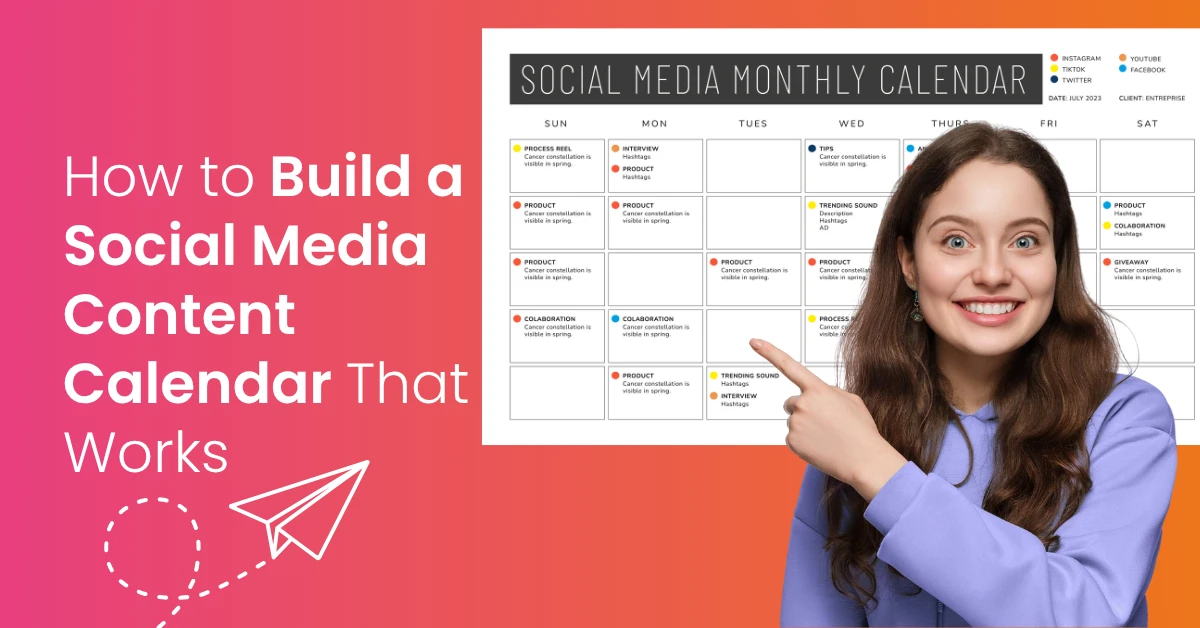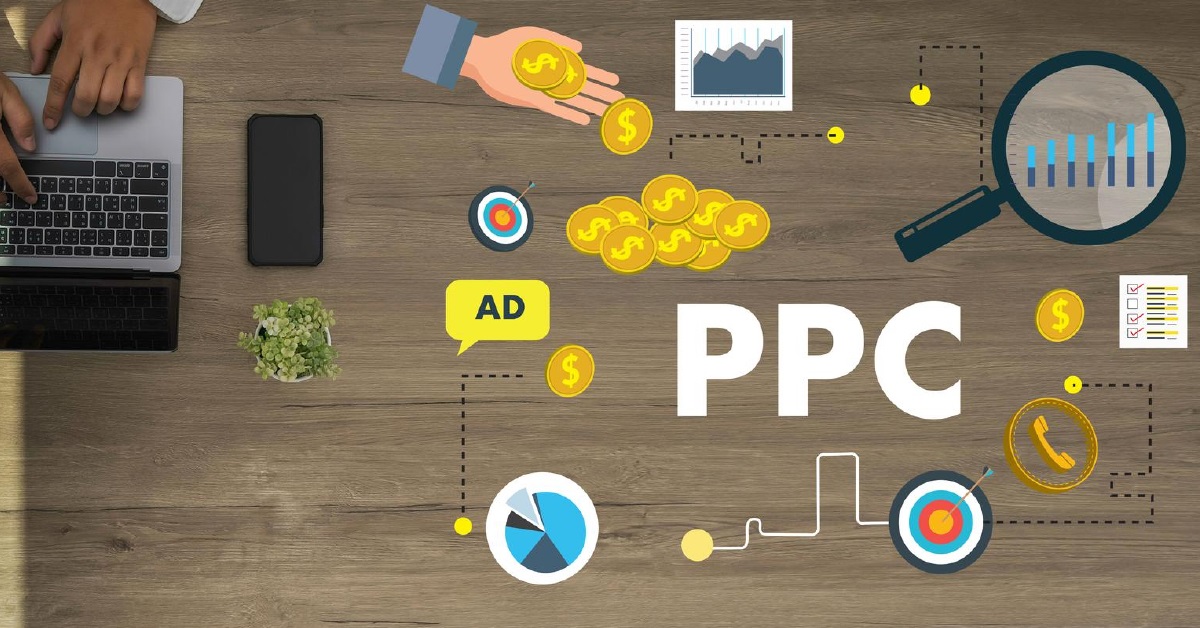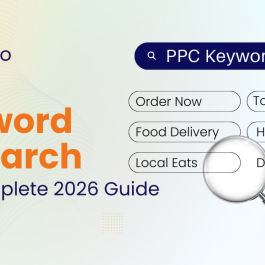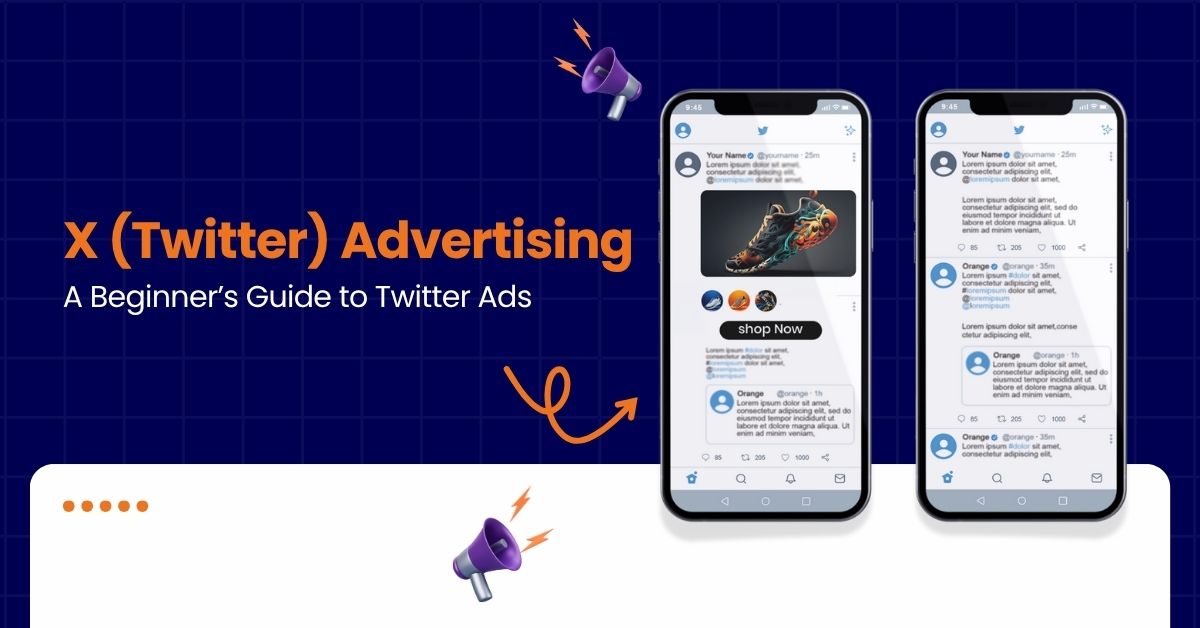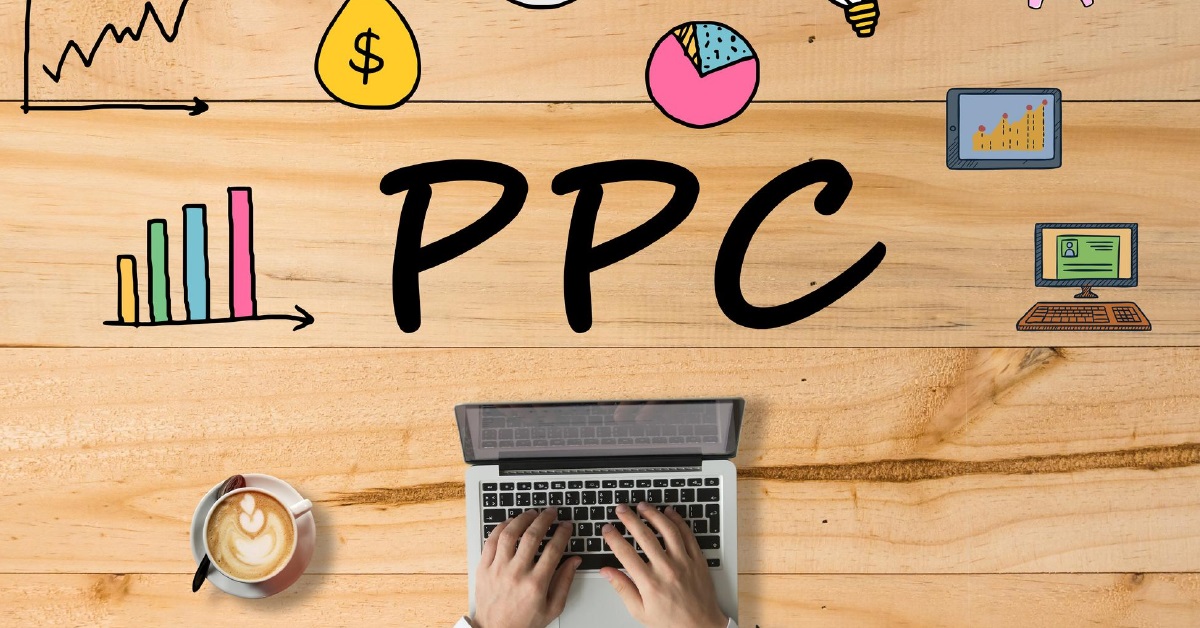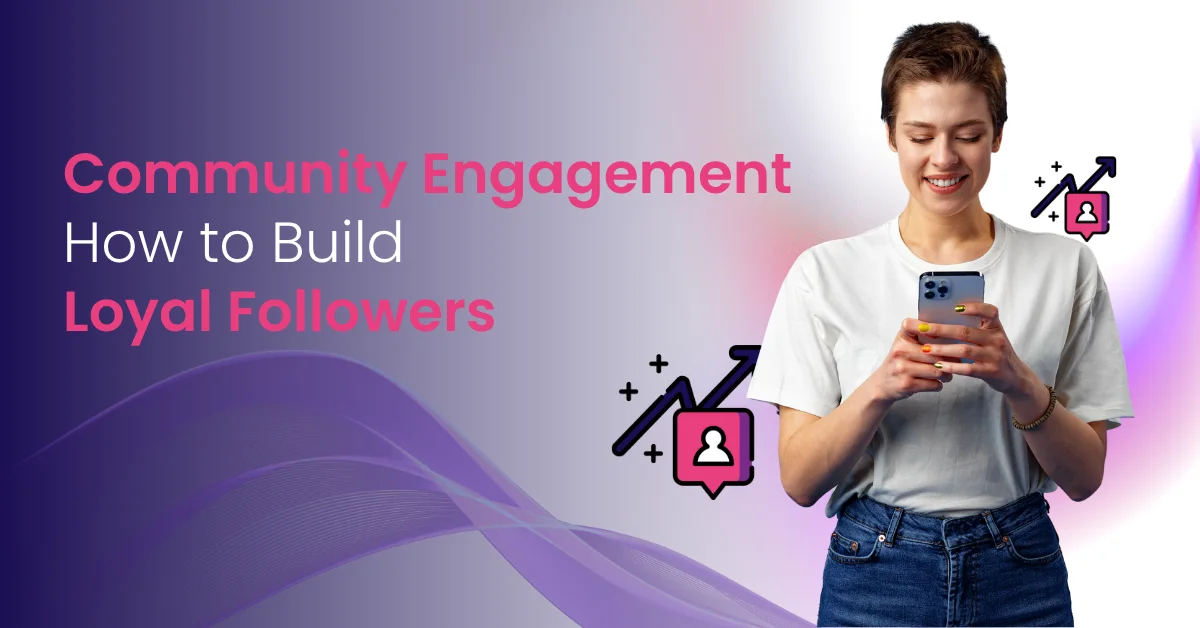6 min read
Table of Contents
Introduction to Social Media Marketing
A social media content calendar is a key tool for any social media marketing strategy. It helps organize and plan social media posts across many platforms. This lets social media teams plan, create, and publish high-quality content often. This keeps your posts on track with marketing goals and your target audience. A clear and good social media calendar makes content creation, scheduling, and posting easier. This makes social media marketing efforts work better.
Using such a calendar helps businesses grow their social media presence, boost engagement, and get more website visits. It also keeps a steady posting schedule and makes sure all necessary details are ready for smooth work.
Define Your Social Media Goals
Defining clear social media goals is the first step in building a good social media content calendar. Your goals should match your marketing strategy and business aims. This could be to grow brand awareness, get more website traffic, find leads, or raise audience engagement. Make goals that are specific, measurable, doable, relevant, and set in time (SMART).
These goals will guide your content planning and help you check how well your social media efforts work. Think about how each goal fits with actions on different social media channels. Then, plan your posting strategy to match.
Introduction to Social Media Marketing
A social media content calendar is a key tool for any social media marketing strategy. It helps organize and plan social media posts across many platforms. This lets social media teams plan, create, and publish high-quality content often. This keeps your posts on track with marketing goals and your target audience. A clear and good social media calendar makes content creation, scheduling, and posting easier. This makes social media marketing efforts work better.
Using such a calendar helps businesses grow their social media presence, boost engagement, and get more website visits. It also keeps a steady posting schedule and makes sure all necessary details are ready for smooth work.
Define Your Social Media Goals
Defining clear social media goals is the first step in building a good social media content calendar. Your goals should match your marketing strategy and business aims. This could be to grow brand awareness, get more website traffic, find leads, or raise audience engagement. Make goals that are specific, measurable, doable, relevant, and set in time (SMART).
These goals will guide your content planning and help you check how well your social media efforts work. Think about how each goal fits with actions on different social media channels. Then, plan your posting strategy to match.
Understand Your Audience
Knowing your audience is key to making content that clicks and gets reactions. Do deep research to find your target audience’s age, interests, online habits, and favorite social media platforms. Check your social media channels often to make sure your content fits what your audience wants and your business goals. Use social listening tools and look at engagement numbers from past posts.
This will show you what content types and topics your audience likes best. This info helps you make content that fits their needs and likes. It also makes sure your social media calendar has a good mix of content styles and themes that your audience expects.
Creating a Social Media Content Calendar
To make a social media content calendar, first set your social media strategy and find your target audience. Pick the social media channels to focus on. Choose content types like blog posts, videos, or social media posts. Pick social media platforms where your audience is most active.
Decide how often to post on each. Build a content calendar template with post dates, formats, and tasks assigned. Use a project management tool to work with your social media team and keep everyone on the same page.
Setting Up Your Social Media Calendar
Set up your social media calendar by picking the right tools, like Google Sheets or a social media management tool. Make a calendar format that has all the key parts like post dates, content types, and tasks assigned.
Plan your content schedule in advance. Think about things like how often to post, how your audience reacts, and your marketing goals. Use a social media scheduling tool to automate posts and save time. This keeps your posting schedule steady and smooth.
Develop Content Themes and Categories
Making clear content themes and categories is key for a good social media content calendar. Here are important points:
- Content themes, or content pillars, give steady and relevant topics for your social media plan.
- Sorting content into categories helps keep a good mix of post types like educational, promotional, fun, and interactive.
- Find key topics that show your brand values and what your audience likes. Use info from social media audits and listening tools.
- Different content keeps your audience interested and talking on many social media channels.
- Sorting content helps teamwork by keeping the social media team on the same page about post types and posting times.
- Plan post dates across many social media accounts to keep a steady posting schedule.
- Leave room for quick posts to catch trending topics or live events.
- Use project management tools or social media content planners to assign tasks and watch progress well.
- Strong content themes help make high-quality content that gets real audience interest and hits marketing goals.
Scheduling and Automating Posts
Schedule posts ahead with a social media scheduling tool to save time and keep things steady. Automate posting to many social media channels, like Facebook, Twitter, Instagram, and LinkedIn.
Use a social media management tool to watch engagement numbers and change your posting schedule when needed. Think about using a free content calendar template to start scheduling and automating posts.
Streamlining Content Approval
Set up approval workflows to make sure content is high quality and follows brand rules. Use a social media management tool to assign tasks and watch progress. The Sprout Social tool lets users automate content approval workflows. This speeds up content creation and publishing. It keeps all team members on the same page.
Use a content calendar template to plan and set content, including post formats and tasks assigned. Use asset management features to store and find media content, like images and videos.
Tracking and Analyzing Performance
Track engagement numbers, like likes, comments, and shares, to see how your social media content does. Study performance numbers, like reach and impressions, to change your social media strategy.
Use a social media management tool to watch performance and find ways to improve. Think about using a social media audit to check your current social media presence and find ways to grow.
Best Practices for Social Media Calendars
- Make a steady posting schedule to keep audience engagement and bring more website traffic.
- Use a social media calendar template to plan and set content. Make sure all details are there.
- Work with your social media team to keep everyone on the same page and working toward the same goals.
- Keep watching and changing your social media strategy to get the best results and engagement.
Start Building Your Effective
Social Media Content Calendar Today
Boost Engagement and Streamline Your Marketing Efforts!
Frequently Asked Questions (FAQs)
1. What is a social media content calendar?
A social media content calendar is a smart tool that helps plan, organize, and set upcoming social media posts on many social media platforms. It keeps posting steady, matches content with marketing campaigns, and makes social media marketing efforts easier for your marketing team.
2. Why is a social media content calendar important?
Using a good social media calendar helps social media managers and teams keep a steady posting schedule, boost audience engagement, and better plan social media campaigns. It also stops last-minute content work and cuts errors by giving all needed details early.
3. How do I build a social media content calendar?
Start by setting your social strategy and marketing goals. Pick the social media accounts and social channels to focus on. Make content ideas that match content pillars. Create a publishing schedule with post dates. Use tools like a social media content planner, project management tools, or google calendar with a media content calendar template to organize your social posts.
4. What tools can I use to create a social media calendar?
Popular tools are social media management tools like Hootsuite, Sprout Social, and Buffer. Also, project management tools like Asana or Trello, and spreadsheet programs like Google Sheets or Excel. Many tools have free templates to help you start.
5. How often should I post on social media?
Posting frequency depends on your audience and social network. But keeping a steady posting schedule is key. Many brands do well posting many times per week. They balance promotional and engaging content based on their content strategy.
6. Can I automate publishing with a social media calendar?
Yes, many social media scheduling tools let you automate publishing on many social media accounts and channels. Automate publishing saves time and makes sure your content posts at the best times in your publishing schedule.
7. How do I track the performance of my social media posts?
Use social media management tools to watch engagement numbers like likes, shares, comments, reach, and impressions. Check these performance numbers often to improve your content strategy and social media marketing efforts.
8. How can I ensure collaboration within my social media team?
Use approval workflows and a shared social media planning calendar or content calendar template to keep everyone on the same page. Assign tasks, share post ideas, and watch upcoming social media posts to make teamwork smooth.
9. Where can I find a free social media calendar template?
Many social media management platforms and project management tools offer free content calendar templates. You can also find downloadable templates in spreadsheet formats like Google Sheets or Excel. These include all key parts for good social media planning.
10. How do I handle last-minute changes in my social media content calendar?
Last-minute changes happen often due to trends or urgent news. To manage them, reserve slots for quick posts and use collaborative calendar tools for real-time updates. Regularly adjust your calendar to stay consistent and keep your team informed with all necessary details.
Published: October 27th, 2025
